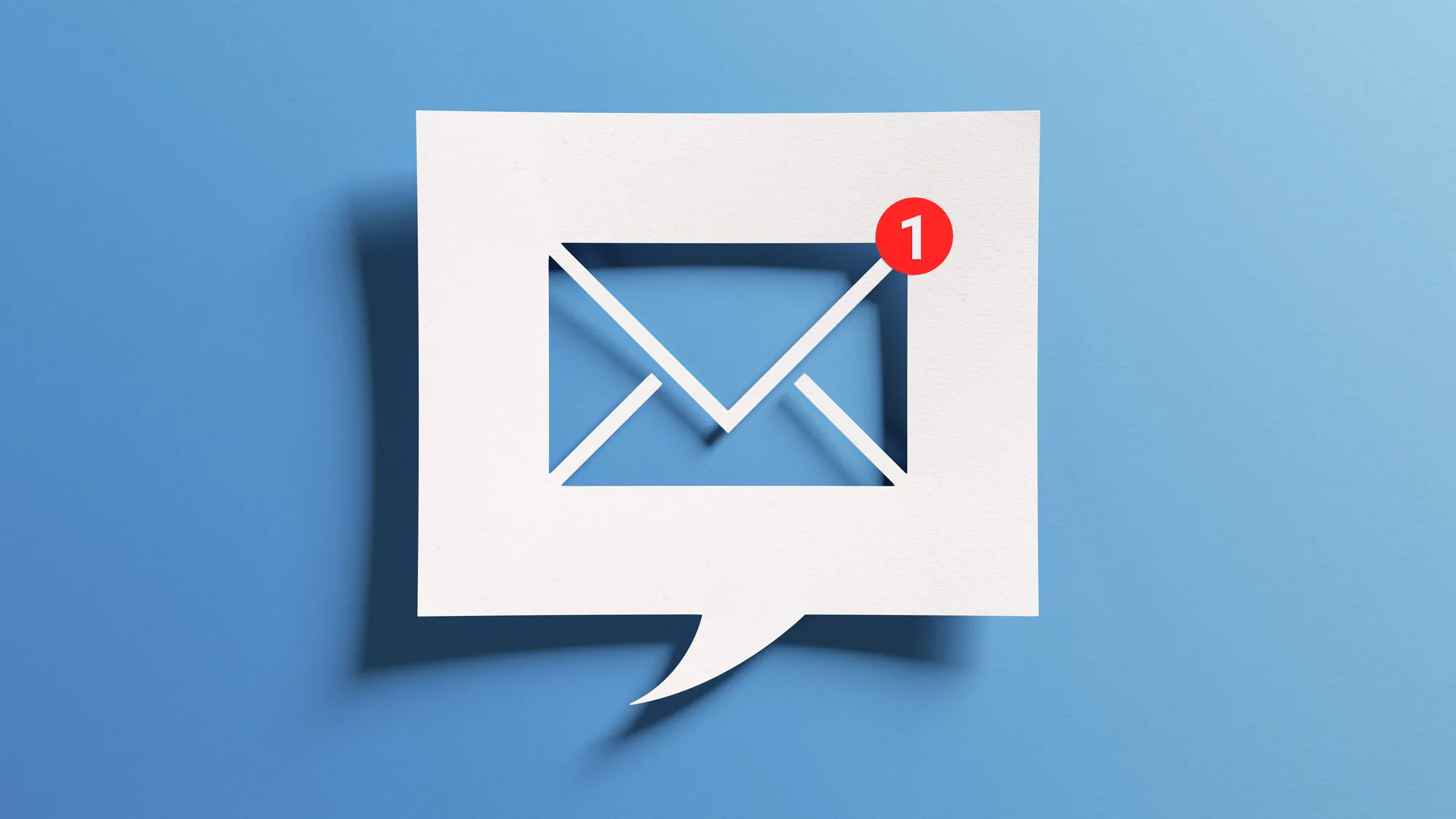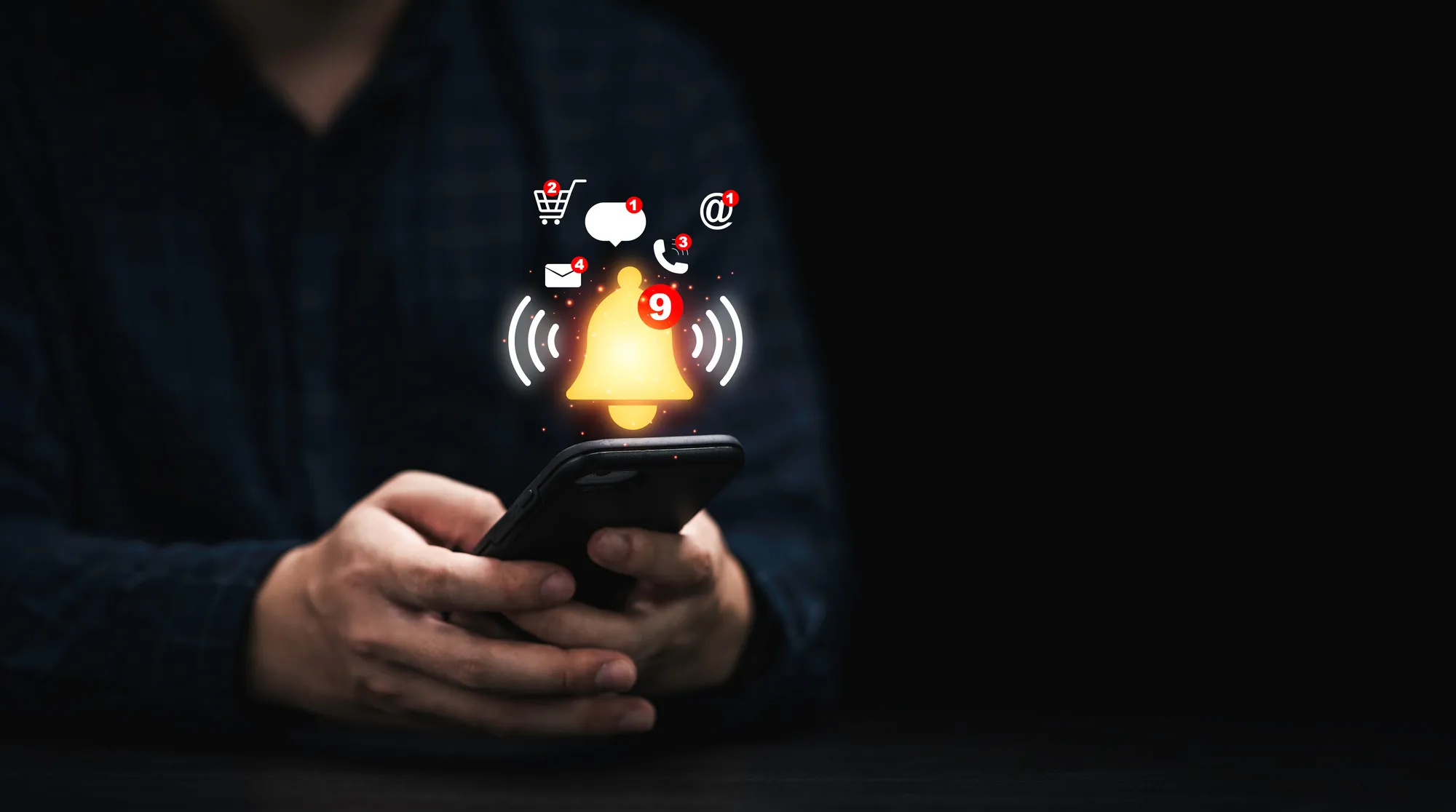How To Use Email And Push Notifications Together

Email and push notifications comprise important touchpoints with audiences today, and that's not looking to change soon.
Per Statista, the number of email users will hit a high of 4.73 billion in 2026. That's more than the 4.26 billion recorded in 2022.
In the same breath, Statista also estimates that 65% of people have enabled push notifications for social media posts on their smartphones. Another about 37% have them on for retail and sports.
Used thoughtfully in tandem, the two channels can become powerful communication tools. But how exactly can you bring email and push notifications together for maximum impact? That's what this guide is here to help you find out. Read on to learn more.
Leverage different strengths
Email is fantastic for sending more detailed information, telling stories, or communicating complex ideas. You have ample space to explain concepts or provide instructions. Readers can also save emails or refer back to them later.
Push notifications, on the other hand, shine when you need to send quick, real-time updates. They are perfect for reminders, alerts, or short blurbs to grab attention.
The tight space limitations mean you have to be concise. Matter of fact, this report from HubSpot recommends that you keep your push title at 40 characters or less and your message under 100. This will sure reduce the odds of your message getting cut off.
So, in short, leverage email when you have more to say, and take advantage of push notifications for timely, bite-sized communications. Play to their individual advantages. With the right email marketing software and push notification tools in your corner, you'll not struggle to get this marriage right.
Personalize and segment
Generic, bulk communications clearly didn't work well in the past. Today's no different. Users demand hyper-relevant content tailored specifically to their needs and interests.
Available data backs this bold claim. McKinsey estimates that companies that grow pretty fast get about 40% of their revenue courtesy of personalization, compared to their slower-growing peers.
Therefore, as you bring email and push notifications together, personalization and segmentation should be top priorities. The good news? Personalization is easier than ever, thanks to modern tools and user data. You can track preferences, behaviors, and other attributes to customize messaging.
Use a strategic timing sequence
Getting the timing right between push notifications and emails can maximize impact. Generally, it's best to use pushes first for real-time, instant updates. Deliver attention-grabbing headlines or alerts as events occur. Then, you can follow up later with more context and details in an email. If you don’t have the contacts of people you want to message, and they’re from your network, use a LinkedIn email finder or b2b contact database to access their contact information.
For example, send a push when a new blog post is published. The notification headline teases the topic and main thrust of the content. If intrigued, recipients can then click through to read the full email containing the blog post details, images, links, and so on.
But that's not all there is to it. Also, the ‘when' counts. According to a 2023 report published on Business Insider, sending your mails on Sundays between 3:00 p.m. and 6:00 p.m. might be the best idea ever. At this time, you're likely to get a 94% open rate.
Stretch it a little bit further to between 6:00 p.m. and 9:00 p.m. on the same day and you enjoy an 86% open rate. That can be quite a tip to incorporate in your business.
Track and measure results

With a dual email and push notification strategy, be rigorous about tracking performance. Key metrics include:
- Open/clickthrough rates;
- Conversion rates;
- Unsubscribe rates;
- Traffic referred;
- Response times; and so on.
Analyze these pieces of data to identify patterns – what types of messages elicit the highest response and engagement? When are users most active? Do they favor one channel over the other? You can gain valuable audience and contextual insights.
Tracking performance also allows you to connect messaging directly to business results. See how campaign emails and pushes impact metrics like sales, signups, referrals, and beyond.
From here, you can allocate resources efficiently based on what works. Double down on the highest-converting channel, message topic, send-time, creative format etc.
A/B testing and iterate
Use A/B testing methods to experiment with different variables regularly:
- Test timing sequences to see if email first gives better results than push first;
- Try different notification triggers to improve relevancy;
- Personalize message content in multiple ways to resonance more;
- Compare different email/push copy and creative; and the like.
You can always refine and optimize further as you learn more about your audience. Iteration lets you inch closer to an ideal strategy over time through constant measurement and improvement.
In Closing
At its core, a coordinated push notification and email approach is about serving users with valuable information when and how they want it. Keep email conversations going with detailed stories, instructions, and analysis.
Then bridge gaps in real-time with targeted push alerts drawing attention to what matters right now. Through obsessive relevance, compelling creative, and continual optimization, every message pulls its weight in providing utility and enhancing engagement.